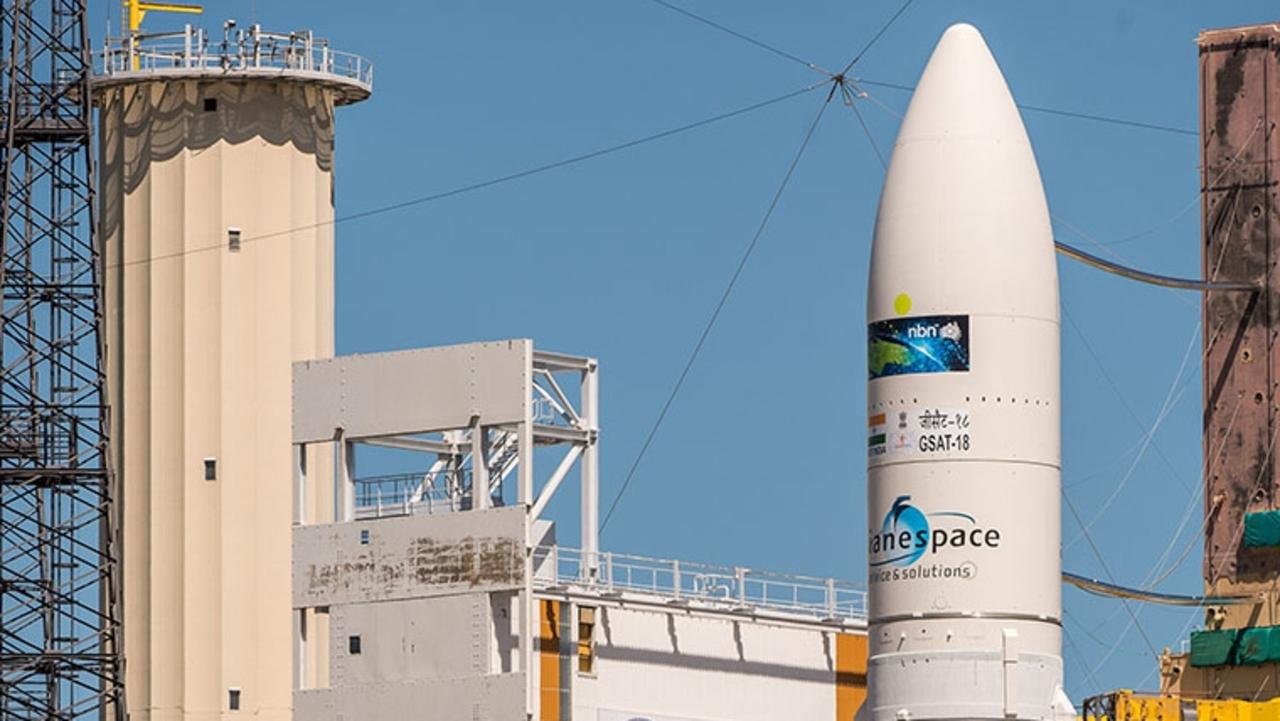NBN’s 50,000km copper cable purchases ‘a waste of money’
The company in charge of building the national broadband network has bought enough of it to wrap all the way around the world.

The company in charge of building the national broadband network has bought enough outdated copper cabling to wrap around the Earth, but doesn’t want to say how much it spent doing it.
The company has purchased almost 50,000km of copper cabling, the bulk of which is used to help connect the technologically superior fibre optic cables used in the national broadband network to homes and businesses.
That includes 7000km of copper purchased since October last year, enough to run from Melbourne to Perth and back.
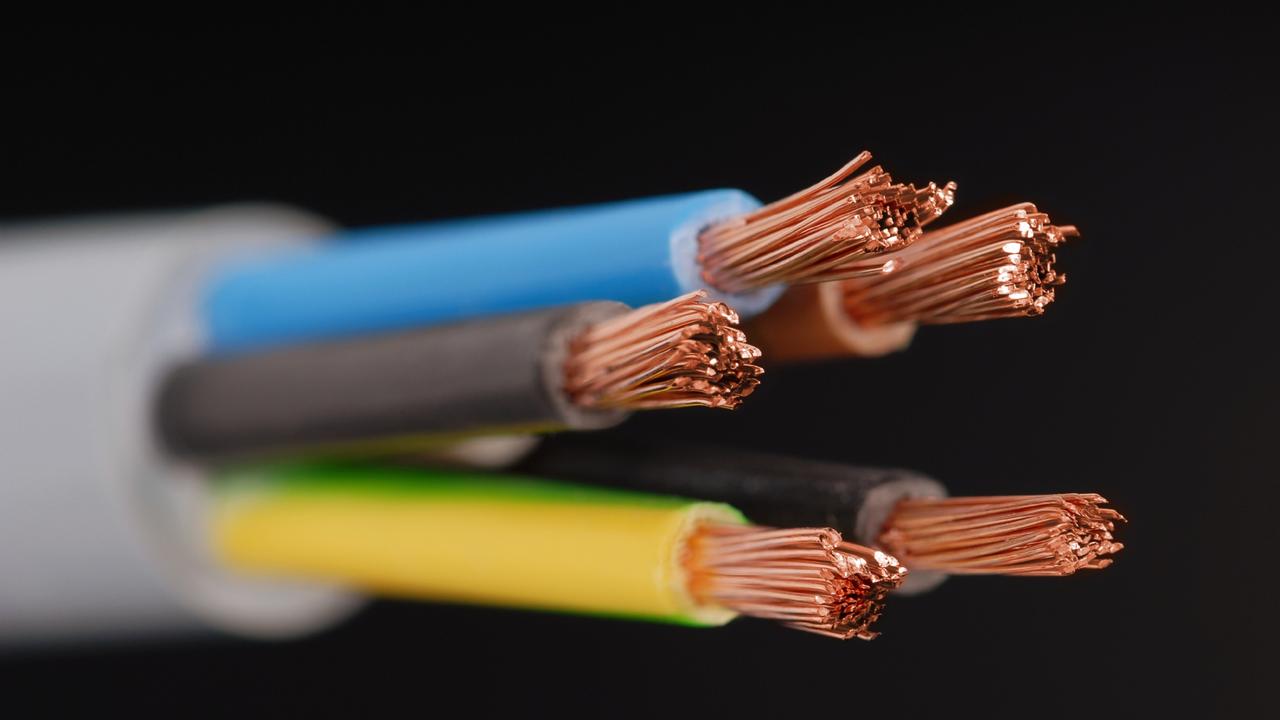
RELATED: How to fix your home internet
As of March 3, the total amount of copper purchased by NBN Co was 49,620km, according to a report in The New Daily.
Close to 20,000km of that copper has been used for FTTC connections that bring a fibre optic cable to the street in front of your house.
NBN Co said the “vast majority” (more than 66 per cent) of the copper cabling it has bought in the last year will be used for those connections.
“FTTC brings fibre a lot closer to homes and businesses to enable very high-speed broadband, but it sometimes requires additional copper for the premises in this footprint,” an NBN Co spokesperson told The New Daily.
Independent telecommunications analyst Paul Budde told the website using copper for those connections was “a waste of money and a waste of time”, and installing fibre now would save money compared to upgrading those cables in the future.

RELATED: Telstra stops selling fastest NBN plans
Copper cabling is also used for the problem-plagued FTTN connections that sometimes rely on hundreds of metres of copper cable to connect premises to the fibre NBN at a street “node” or telephone exchange, but NBN Co said very little of that is new cabling.
The copper cabling used in the FTTN network is the existing telephone network, and more Australians rely on FTTN connections than any other type.
Some of this cabling has been in the ground for decades and could be to blame for poor NBN performance at your house (not that you’ll be able to do anything about that).
Other culprits include the wiring in your actual house, which NBN Co has previously said could require replacing.
NBN Co encourages homeowners experiencing poor FTTN connections to consider replacing (at great expense) the copper wiring on their property.
Replacing the copper cables in its network with fibre could happen in the future but currently NBN has no plans to do so, even as they upgrade the already superior fibre connections with speeds up to 20 times faster than the most popular NBN plan, for the 18 per cent of Australians who can connect that way.
FTTN connections that rely on copper cables make up 95 per cent of the “underperforming” services on the NBN.
More than 10 per cent of NBN connections are classed as “underperforming”, meaning they achieve real world data speeds closer to the connection tier below the one you’re actually paying for.
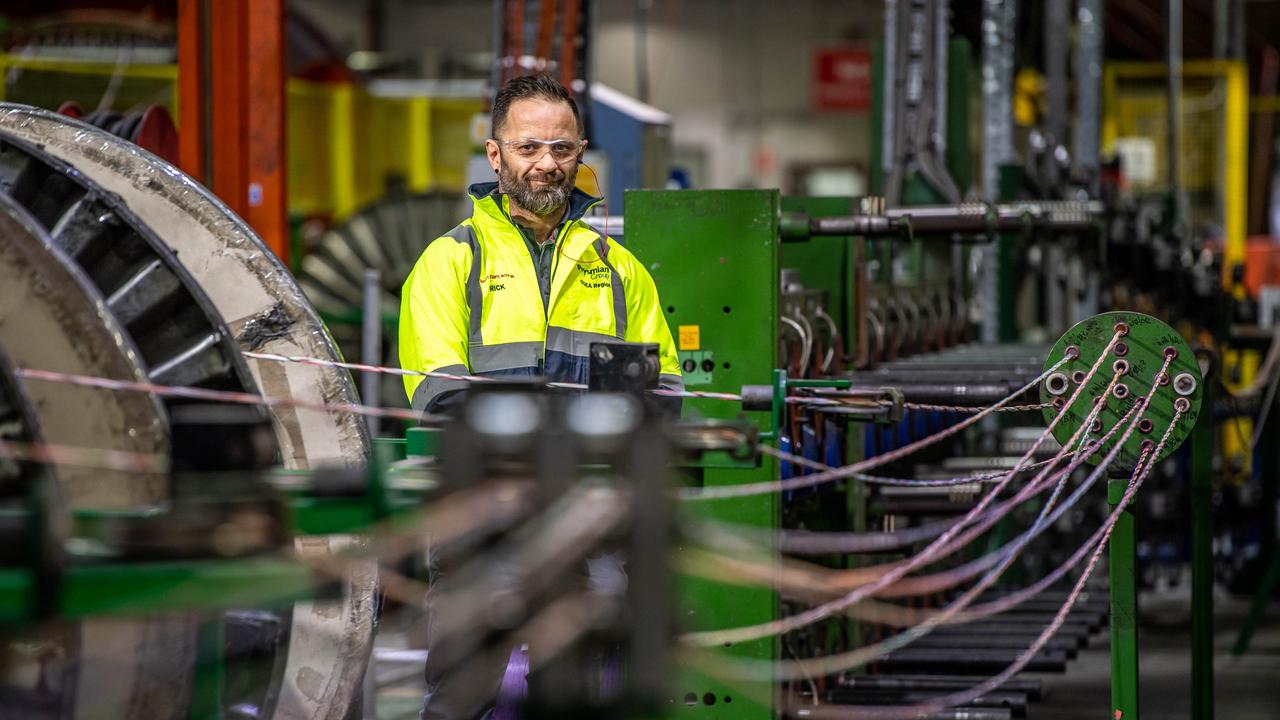
But although NBN Co has ramped up its purchasing of copper cabling as it approaches the rollout completion date for the $51 billion taxpayer-funded network, Australians aren’t allowed to know how much it’s spending.
The value of the copper cabling is said to be “commercial in confidence”.
Shadow communications minister Michelle Rowland estimated more than half a billion dollars had been spent, based on figures previously disclosed to the Senate in 2017 about copper purchased from Australia, Brazil and Turkey.
At that time, “$177 million had been spent on at least 15,051km of cable,” Ms Rowland said.
“Extrapolating these figures suggests taxpayers have been billed over half a billion dollars for the nearly 50,000km of new copper cable purchased to date.”
A recent Senate committee hearing asked how many new metres of copper cabling had been purchased, and NBN Co reluctantly revealed that 19,771 kilometres of copper had been purchased for the FTTC connections, but the 49,620 kilometre total figure wasn’t disclosed at the time, likely due to NBN’s concerns that revealing the numbers (which it claims are subsequently misinterpreted) make it look bad.
“This question is asked regularly but the answer is often misinterpreted in the media as being indicative of the amount of copper that is being used to replace existing copper in the network,” an answer to the question on notice said.
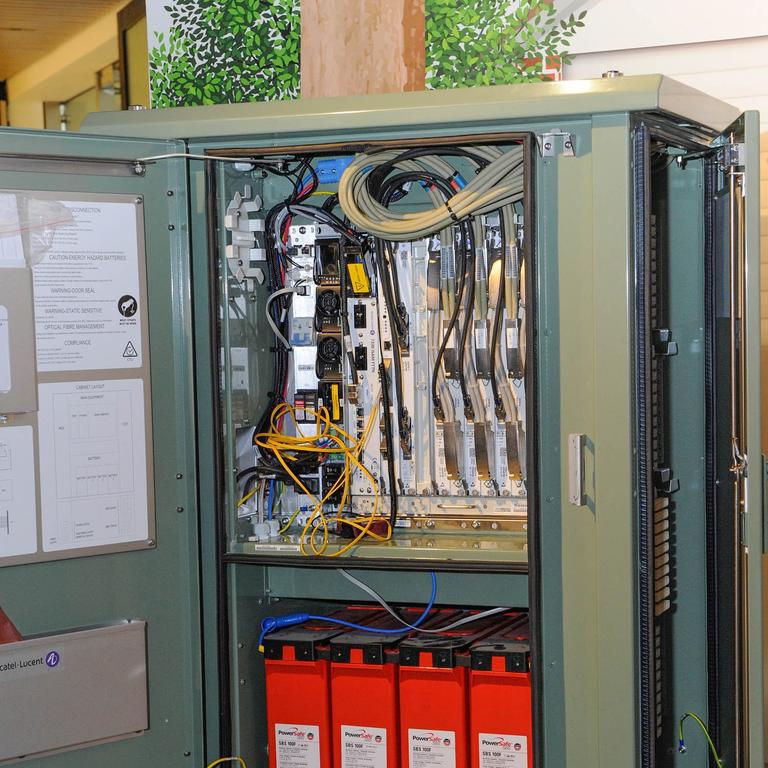
NBN Co stressed the copper cabling wasn’t being used to build over the existing copper network, which Ms Rowland said didn’t help its case.
“The great irony of this statement is the significant stockpile of copper hasn’t even been used to remediate the already deteriorating copper in the ground,” she said.
In addition to its use on FTTC connections, “the copper is used for purposes such as running a new copper connection between the fibre-connected FTTN node and the copper-connected pillar,” NBN Co said.
This is the distance between the node, usually a green rectangular box on the footpath about the size of a chest freezer, to the cylindrical metal pillar that connects to the copper network.
The distance between these two points varies and it’s logistically unviable to have them always sit right next to each other.
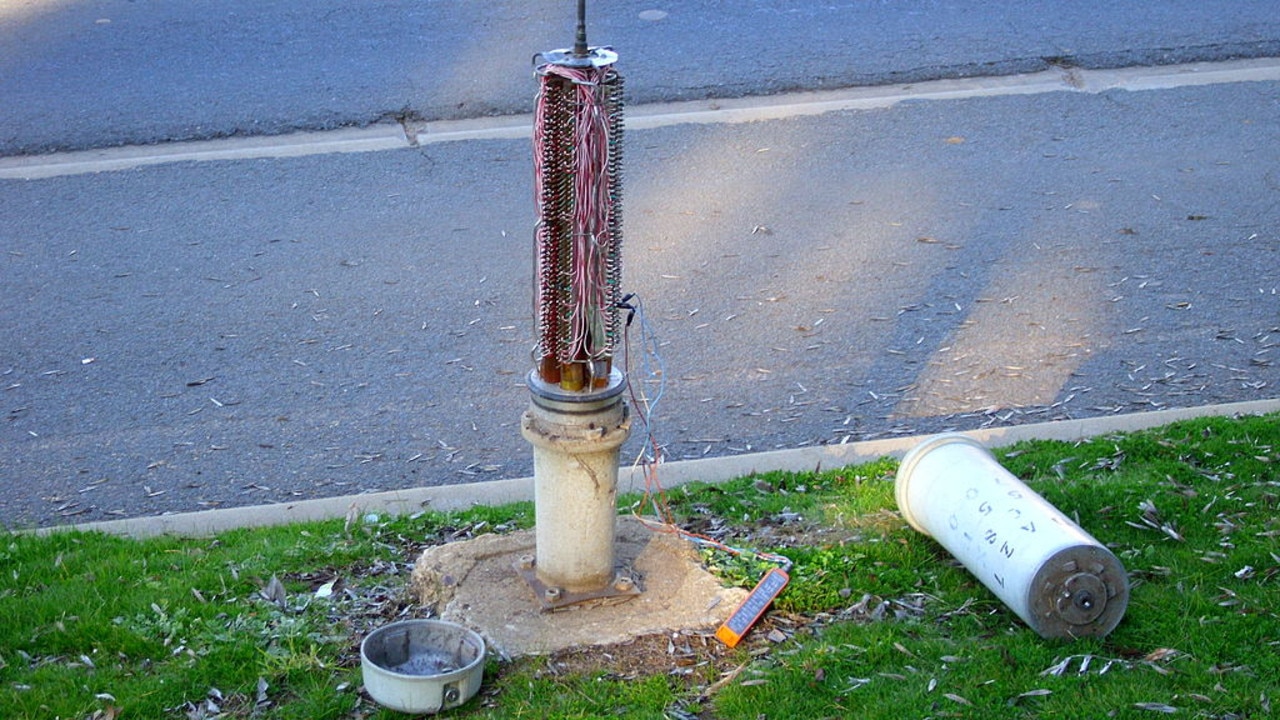
Communications minister Paul Fletcher is yet to comment on the recent figures on copper cabling used in the NBN, but was getting the word out on Tuesday morning about how Australians have recently been using the network.
During the COVID-19 pandemic, access to quality broadband has played a significant role connecting people to each other and to essential services, according to a report commissioned by NBN Co.
The report said 48 per cent of people who had a medical consultation in the past two months did it using telehealth services.
“The research supports the decision by NBN Co to offer higher bandwidth NBN connections to Australian GP clinics at no extra cost during the pandemic, allowing them to provide more services by telehealth,” Mr Fletcher said.
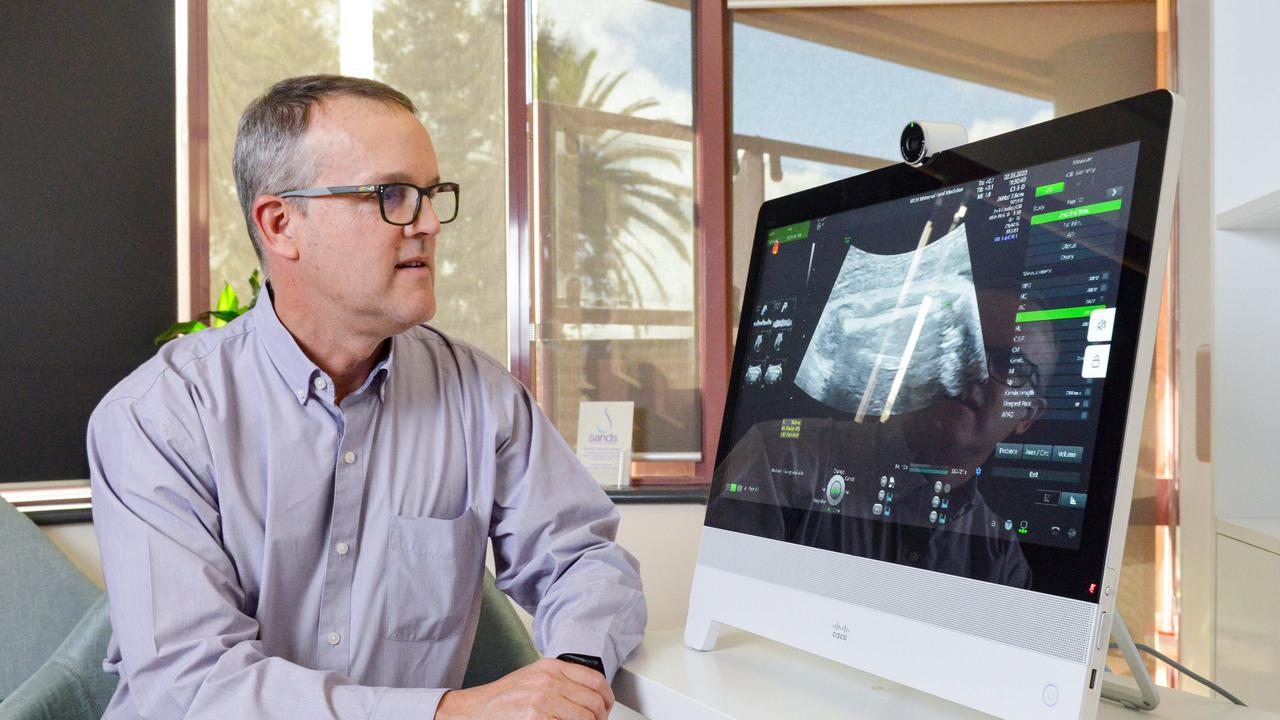
“With the NBN available to more than 11.4 million homes and businesses across the country, Australians have been much better off than had the rollout continued under Labor’s original plan, which would have left 3.5 million fewer homes able to connect,” the minister said.
The report, like a previous favourable report on the NBN’s role in the work-from-home revolution sparked by the COVID-19 pandemic, was prepared by consultancy firm Venture Insights.
Given “the research supports the decision by NBN Co” long after the decision was made, NBN Co and Mr Fletcher’s office have been asked to clarify how much the firm was paid for its consultancy.



